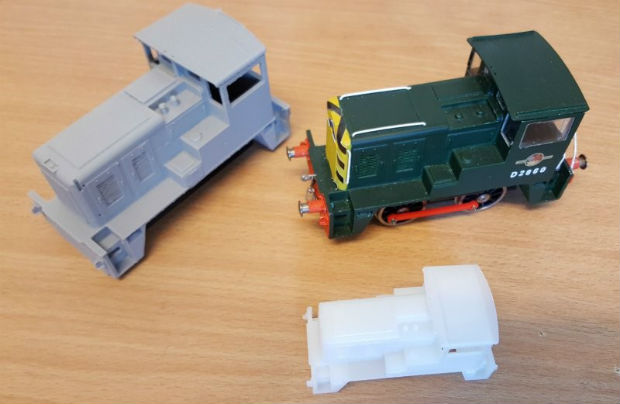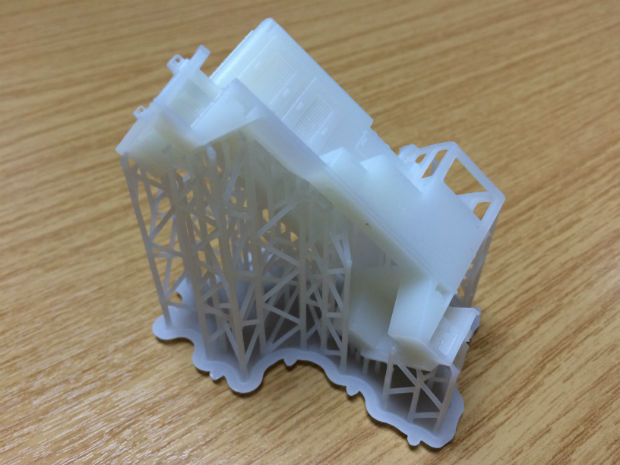Going Loco with 3D CAD
Alistair Lofthouse, owner of a small commercial print business called ALD Print, talks about his experiences of using the 3D CAD software for a series of scaled locomotive models.
Building up steam
"With changing markets and to improve my businesses capabilities I decided to look at 3D printing and purchased an Ultimaker 2 as a result. The locomotive idea was part of my plan to get familiar with the whole 3D printing and 3D CAD design process. I chose to design a Yorkshire Engine Co. Class 02 Shunter, 20 of these were originally built here in Sheffield during 1959 and currently no one makes a scaled model of it. These great old engines are no longer in full service but 6 are currently preserved for future generations to enjoy. Thankfully, one is being used at the National Railway Museum in York to move the exhibits around, a grand retirement for a good old engine!"
Using DSM
"I used the dimensions of the actual locomotive itself plus photographs I had taken of a preserved loco and I scaled it down, creating an A2 plan. The plans were a little inaccurate, so I had to work hard to correct them. I really jumped into the deep end using DesignSpark Mechanical for this design, and, all in all, learning to use DesignSpark 3D CAD to complete the first prototype of this project took a week or so to finalise the CAD file."
SktechUp, TurboCAD and AutoCAD
"I have tried SketchUp, TurboCAD and AutoCAD Fusion in the past, but I found DesignSpark Mechanical very easy to pick up and very intuitive for the new user. The scaling worked well so I could measure dimensions off my 2D plan and type them directly into DesignSpark Mechanical."
"At first, I intended the body to fit an existing Hornby Chassis for a 0-4-0 loco, but this did not work very well as the proportions were wrong. So I ended up designing and printing the chassis and suggesting a motor/gearbox combination for people to use. The Same set up works for O gauge and gauge 1, and I am also planning to do 5.5" gauge version, those that you often see in parks giving kids rides, although this will have some laser cut parts as well."

The railway scene
"Once I produced the STL file in DesignSpark Mechanical, I used the free version of Nettfabbs to check and correct the STL file format. In the future, I intend to market locomotive kits in Gauge N, OO, O and Gauge 1 and so far I have sold a few to fellow model railway enthusiasts by some low-key marketing. This whole set up of easy to use 3D CAD plus 3D printing seems to be of great interest to the model railway scene, opening up avenues for regular people to create models of their favourite trains that perhaps never were created for the commercial market, or are now very hard to find and expensive to purchase."

Further down the track
"I love DesignSpark, and at the moment I’m trying to teach my 8 year old son how to use it. I have been asked to do further locomotive designs by the Locomotive Community with whom I am in touch with. Maxitrack, who make very large scale models from the steam locomotives of yesteryear to more modern locomotives, have said they may use my services in the future, which is very exciting."
For more information, click here.


